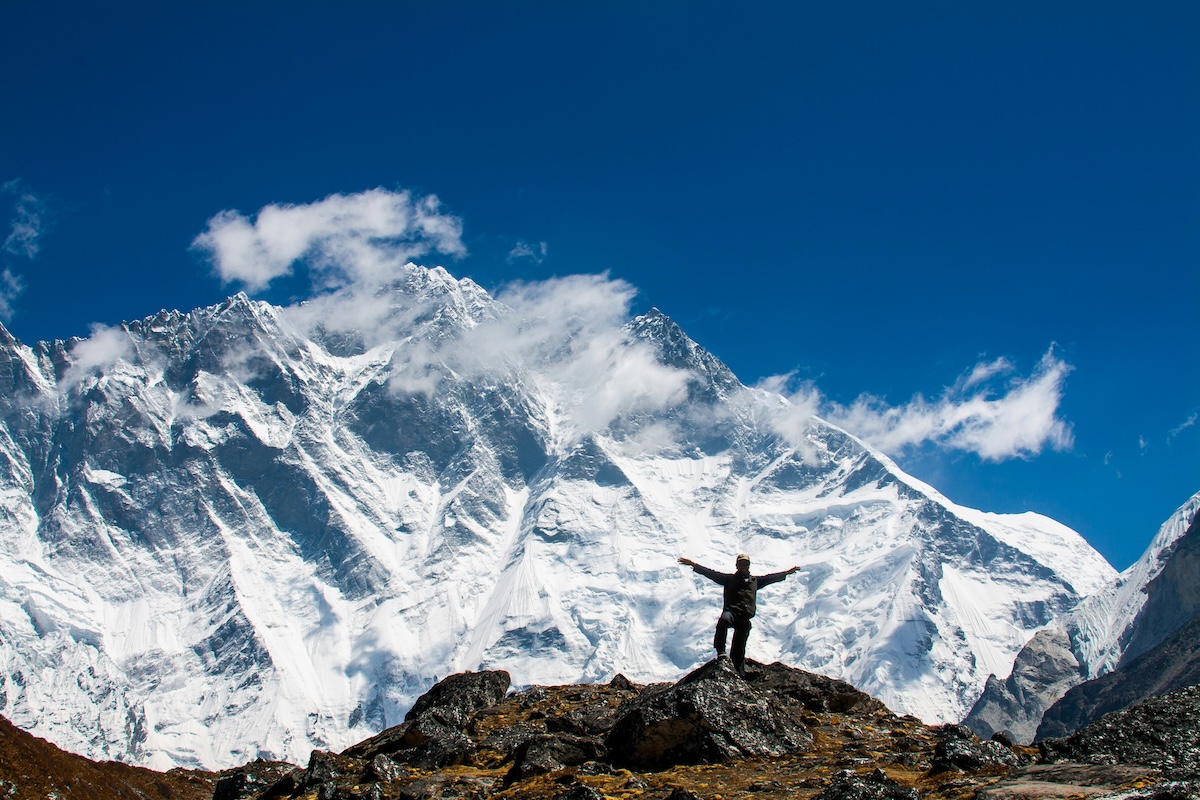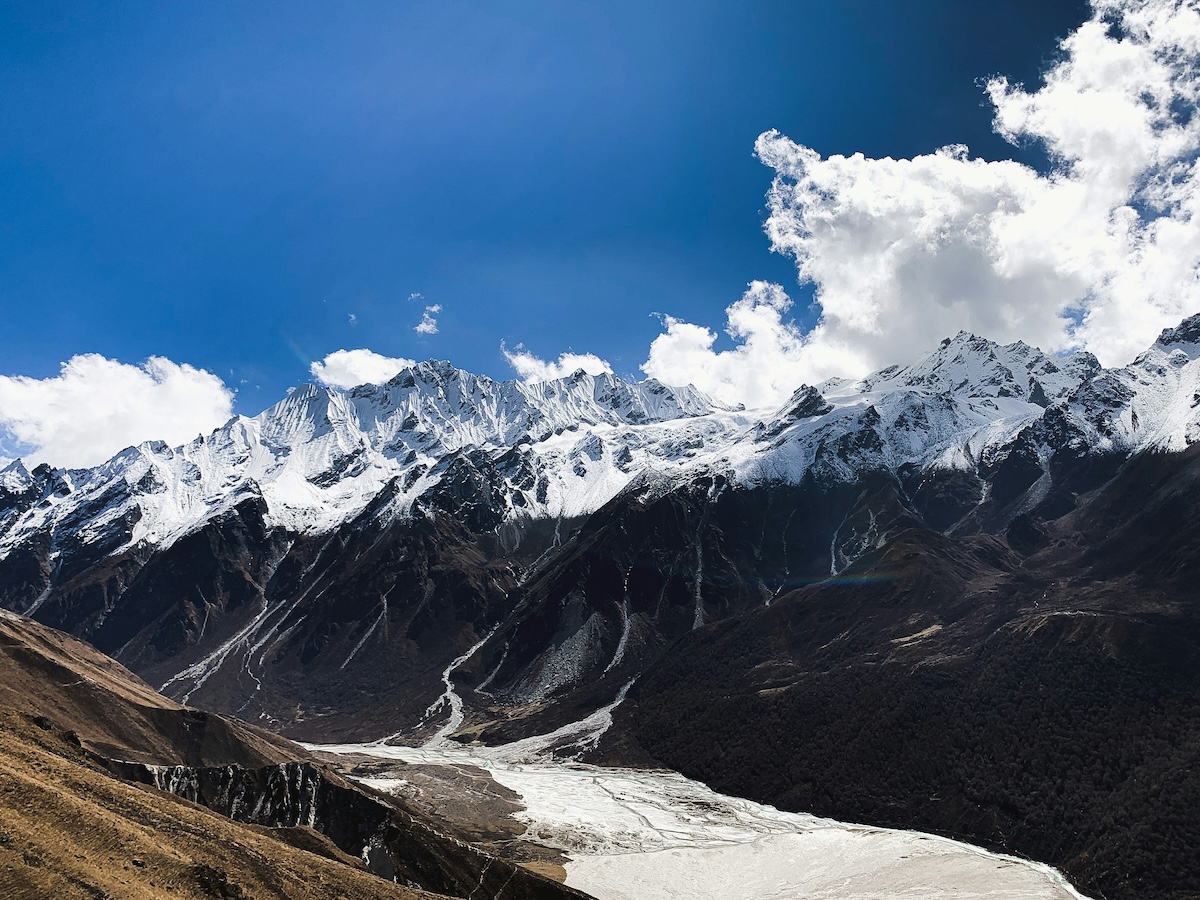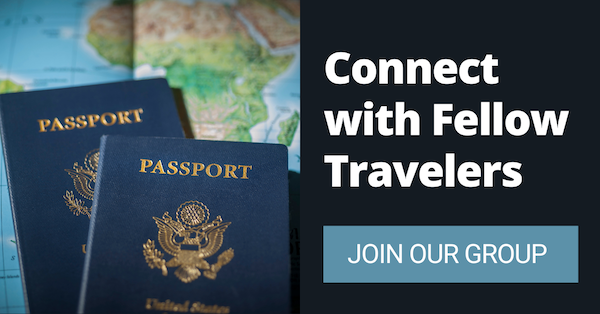
How the Langtang Valley Trek Taught Me the Art of Slow Travel
By: Samita Maharjan
Skip to Section
What happens when you stop racing from one destination to the next, and simply walk?
That question answered itself during my trek through Nepal’s Langtang Valley, a journey that, without meaning to, turned into a lesson in presence, patience, and the power of slowness. While many travelers focus on ticking off Everest or Annapurna, Langtang quietly offers something more profound: time. Time to notice, to breathe, to connect.
In this blog post, I’ll share how the Langtang Trek reshaped the way I travel. If you’ve ever felt burnt out from fast-paced itineraries or longed for more meaningful experiences on the road, this might be the shift you’re looking for.
Why Langtang Valley is a Perfect Destination for Slow Travel

Tucked away just north of Kathmandu, Langtang Valley is often overlooked, and that’s what makes it so special. It’s accessible yet feels incredibly remote. Unlike the popular Everest or Annapurna routes, Langtang remains quieter and more intimate, ideal for those craving a slower, more immersive adventure.
This trek begins in Syabrubesi, a humble village reachable by a bumpy but scenic 7–8-hour drive. From there, the trail gently winds through lush forests, villages, and riverside paths, no flights, no deadlines, no chaos.
Langtang isn’t just a location. It’s a pace.
What Trekking in Langtang Valley Feels Like Day by Day
Unlike heavily commercialized trekking routes, the Langtang Valley Trek offers a deeply personal, immersive experience that unfolds slowly with each passing day. This section gives a glimpse into the day-to-day rhythm of the trail, from the ever-changing landscapes to the emotional and physical journey it brings. It’s not just about where you go, but how you feel as you move through forests, cross rivers, and ascend toward snow-capped peaks. Trekking here becomes less about the destination and more about the mindful steps you take each day.
A Walk Through Nature’s Rhythm
Each day on the Langtang trek unfolds naturally. You walk 5 to 6 hours at a steady, unhurried pace. The trail moves from warm pine and bamboo forests to alpine meadows, revealing the snow-covered peaks slowly, like turning the pages of a story.
Langtang’s magic is in its rhythm. There’s no need to rush. Every corner brings a moment worth pausing for a waterfall, a yak caravan, or a local child offering a shy “Namaste.”
Embracing Disconnection: No Wifi, No Rush
Forget internet cafes and GPS trackers. Once past Lama Hotel, connectivity vanishes, and it’s surprisingly freeing. No scrolling. No emails. Just your breath, your boots, and the trail ahead.
This disconnection becomes a form of meditation. You’re not distracted by notifications. You’re grounded in the now.
Deep Cultural Encounters Along the Trail
The Langtang Valley Trek is a journey through both nature and culture. As you make your way from village to village, you’re stepping into a way of life rooted in resilience, simplicity, and hospitality.
Slow travel in Langtang opens the door to meaningful exchanges with local Tamang and Sherpa communities. These encounters aren’t staged for tourists. They’re authentic, unscripted moments that stay with you long after the trek ends.
Tea Houses and Sherpa Hospitality
Every evening ends in a tea house, family-run lodges where trekkers gather around warm stoves and sip steaming cups of ginger tea. Here, you’ll meet the Tamang and Sherpa communities who call Langtang home. Their quiet resilience and generosity add a human richness to the trek.
You’re a guest here, and a part of a shared, slow moment in the mountains.
Lessons from Langtang’s Earthquake Recovery
In 2015, Langtang Village was buried by a massive landslide triggered by Nepal’s earthquake. Over 200 people died, and the region was devastated. But what you see today is a powerful story of rebuilding, not just of homes, but of spirit.
Meeting locals who chose to stay, rebuild, and reopen their tea houses was humbling. Their stories reminded me that healing, like travel, takes time.
How the Trek Transformed My Travel Mindset
Before Langtang, I planned trips with spreadsheets. I optimized routes and aimed to “see more.” But this trek slowed me down, and in doing so, gave me more than any rushed itinerary ever could.
- I stopped racing from place to place.
- I started asking more questions and listening longer.
- I realized the joy of simply being somewhere, without trying to capture or summarize it instantly.
Langtang gave me space, mentally and physically, to rethink what meaningful travel looks like.
Tips for Practicing Slow Travel on the Langtang Trek
Want to embrace the same slow travel mindset? Here are a few tips:
- Take your time: Don’t rush the trail. Stay an extra day at Kyanjin Gompa to soak it in.
- Travel light: Pack only what you need, so your mind and body stay unburdened.
- Talk to locals: Even simple greetings open the door to cultural exchanges.
- Unplug: Turn off your phone. Let your surroundings be your entertainment.
- Be flexible: Let your schedule breathe, that’s where the magic happens.
Is the Langtang Valley Trek Right for You?
Choosing the right trek in Nepal can feel overwhelming, Everest Base Camp and Annapurna Circuit dominate the conversation. But if you’re someone looking for a quieter, more introspective experience, the Langtang Valley Trek might be exactly what you need.
This isn’t a trek defined by crowds or checkpoints. It’s defined by connection to the landscape, to local communities, and to your own pace. You won’t find rows of gear shops or a buzzing nightlife here. What you will find is a calm that sinks in with every step.
This trek may be right for you if:
- You crave connection over crowds: Langtang sees fewer trekkers than the more famous routes. You’re more likely to share a tea house with a local family than a tourist group.
- You enjoy nature in its quietest, rawest form: The trail offers dense forests, waterfalls, yak pastures, glacial rivers, and panoramic views without the noise or chaos of more trafficked paths.
- You’re looking for travel that transforms, not just impresses: Langtang gives you time and space to reflect. It’s a trek that invites introspection, especially when you reach peaceful places like Kyanjin Gompa or the silent summit of Kyanjin Ri.
- You prefer culturally rich, community-based travel: You’ll stay in locally run tea houses, eat home-cooked meals, and learn directly from people who’ve lived in the Himalayas for generations.
Practical reasons it’s a great choice:
- Moderate difficulty level: You don’t need to be a pro trekker to do it. It’s suitable for fit beginners, too.
- No domestic flights required: The trek starts with an overland drive from Kathmandu, making logistics simpler and avoiding airport delays or weather-related flight cancellations.
- Budget-friendly: With shorter duration and fewer crowds, Langtang is a more affordable option for travelers on a conscious budget.
Ready to Travel?
The Langtang Valley Trek didn’t just show me stunning peaks, it showed me a different way to move through the world. Slower. Deeper. More intentionally. In the silence of the mountains and the simplicity of each day, I reconnected with what travel really means: not to escape life, but to return to it, fully present.
If you’ve been craving more from your adventures, consider slowing down. The Langtang Valley is waiting.
Images courtesy of the author.
Information published on this website and across our networks can change over time. Stories and recommendations reflect the subjective opinions of our writers. You should consult multiple sources to ensure you have the most current, safe, and correct details for your own research and plans.
Frayed Passport is a participant in the Amazon Associates Program, an affiliate advertising program designed to provide a means for sites to earn advertising fees by advertising and linking to Amazon.com. We also may share links to other affiliates and sponsors in articles across our website.




